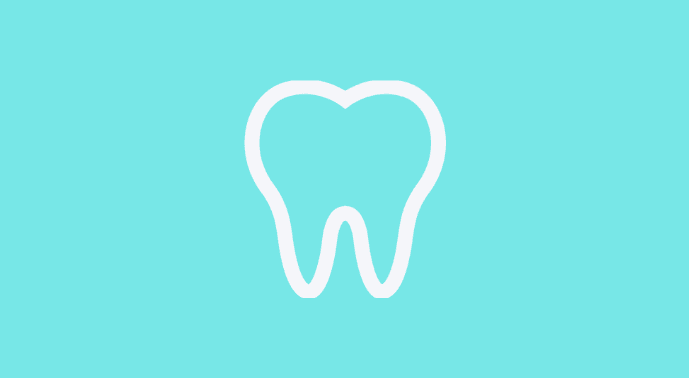Good oral hygiene involves more than just brushing your teeth. It also involves flossing and knowing how to floss correctly. Flossing cleans and dislodges food stuck between your teeth, which reduces the amount of bacteria and plaque in your mouth. It helps remove bacteria, plaque, and food from between your teeth, and it reduces the likelihood of tooth decay and gum disease.
Although many people brush their teeth daily, not everyone flosses their teeth as regularly as they brush. According to a national poll, about 4 in 10 Americans floss their teeth at least once a day, and 20 percent of Americans never floss at all.
Of course, it isn’t enough to simply floss. It’s important to floss correctly. Improper flossing can potentially damage your teeth and gums.
Types of dental floss
Dental floss comes in many varieties. Which type of floss is best for you depends on your preferences, the amount of space in between your teeth, and whether you have braces or bridges.
Some dental floss is easier to use in wider spaces, whereas other types of floss are easier to use in tighter spaces.
Different types of dental floss include:
Dental tape. This type of dental floss is broader and flat like a ribbon, making it easier to handle if you have braces, gaps, or large spaces in between your teeth.
Standard floss. This is a thin, nylon strand that can fit in between teeth. It comes flavored or unflavored as well as waxed or unwaxed. If your teeth are crowded or closer together, dental floss with a wax coating can make it easier to get in between them.
Super flosses. This dental floss threader can work with braces, bridges, and gaps. It has three components: a stiffened end for flossing underneath appliances, spongy floss to clean around your appliances, and regular floss to eliminate plaque underneath your gumline.
Flossing instructions
- Break off about 18 to 24 inches of dental floss. To hold the floss correctly, wind most of the floss around both of your middle fingers. Leave only about 1 to 2 inches of floss for your teeth.
- Next, hold the floss taut with your thumbs and index fingers.
- Place the dental floss in between two teeth. Gently glide the floss up and down, rubbing it against both sides of each tooth. Don’t glide the floss into your gums. This can scratch or bruise your gums.
- As the floss reaches your gums, curve the floss at the base of the tooth to form a C shape. This allows the floss to enter the space between your gums and your tooth.
- Repeat the steps as you move from tooth to tooth. With each tooth, use a new, clean section of floss.
Knowing the right time to floss also contributes to good oral health. Some people have a routine of brushing their teeth first and then flossing. However, it’s generally recommended to floss and then brush your teeth.
Flossing helps lift and release food and plaque stuck in between your teeth, while brushing removes these particles from your mouth. If you brush first and floss afterward, food and plaque remains in your mouth until the next time you brush.
The American Dental Association recommends flossing at least once per day and brushing twice per day.
References
- https://www.healthline.com/health/how-to-floss (Date of access: 09.02.2022)
- https://kidshealth.org/en/teens/teeth.html (Date of access: 09.02.2022)
- https://en.wikipedia.org/wiki/Dental_floss (Date of access: 09.02.2022)
- https://www.bbc.com/news/health-36962667 (Date of access: 09.02.2022)

